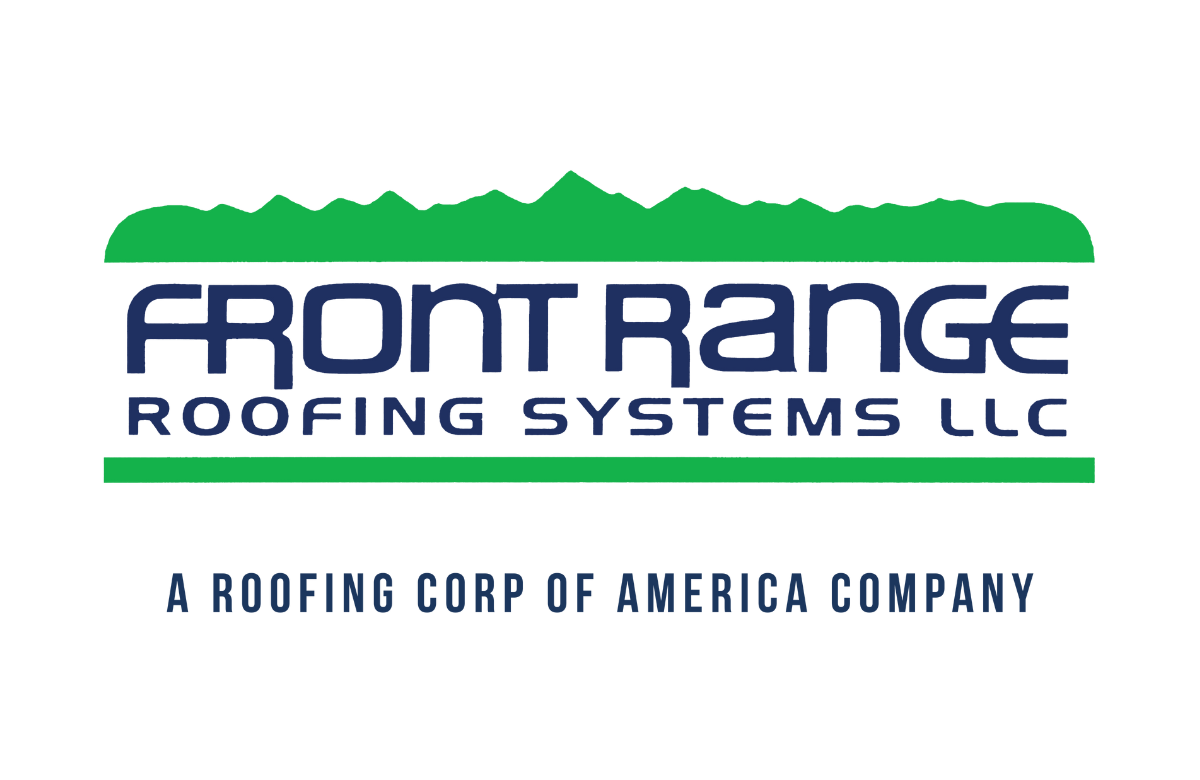Heavy Snow on a Flat Roof Is “Snow” Laughing Matter
Avoiding heavy snow on a flat roof in Colorado and Wyoming is near impossible, but there are ways to stay ahead of expensive damages.
When it comes to snow in the mountains and the high plains, there’s not a lot of consistency. Sometimes we get the infamous “champagne powder” that can lightly blow off your car (like birthday candles, but not as fun). More often than not, the snow is wet and heavy—particularly in the late winter and early spring months. Heavy snow on a flat roof can wreak havoc on your commercial property. Wet, heavy snow is one of the main causes of “ponding.” Extreme weight from snow on a flat roof causes depressions in the roofing material, which allows water to pool—or “pond”—and slowly make its way to the inside of the building. In VERY extreme cases of heavy snowfall, a total collapse can obviously cause chaos for any business operations happening inside (along with causing the need for unexpected and EXPENSIVE commercial roofing repair costs). At the very least you can expect damage to HVAC systems, drainage systems, ventilation materials, and more. Let’s explore some common ways to stay ahead of these issues.
Consider commercial rooftop snow removal services.
You likely won’t need professional snow removal from your commercial roof for a few inches of snow. Heavy snow on a flat roof is never a good thing, but check your local construction codes to see what kind of snow loads your rooftop is rated for. Commercial roofs are surprisingly strong, but there are times when you should consider commercial rooftop snow removal services. To remove a few feet of extremely heavy snow, hire a professional roofing contractor to do the work and save yourself time, trouble, and money. Professional rooftop snow removal can help avoid damage to the roof’s drainage and ventilation systems—but it can also help avoid the dreaded total collapse. An experienced roofing company will know how to remove the snow from your flat roof without damaging any membranes or machinery, so be sure to hire the right team for the job.
After heavy snow, have your commercial roofing partner take a look.
If you are unsure you need snow removal from your industrial building’s rooftop, call a commercial roofing contractor to inspect the roof and make a recommendation. With their experience, they can tell you if the snow’s weight is exceeding the limits of the roof’s snow load ratings, which can be very valuable information. The sooner you know what to do, the sooner you can make arrangements to get it done. Many commercial roofing companies offer emergency snow removal, but it never hurts to make arrangements ahead of time. Even if the snow ends up not being as severe, the inspection will be helpful.
Set up weather alerts with your favorite weather app.
Technology has come a long way over the years, so embrace it and make your life easier. If you’re managing a lot of industrial/commercial properties—or even just one—knowing what the weather is up to in those locations can help you stay ahead of trouble. Is there a heavy snowfall advisory? A winter weather warning? Set up alerts on your phone to make sure you stay “weather aware.” Monitor the weather over the next few days and see if you can get your commercial roofing partner out for a quick look. Again, they can make recommendations—and we hope they will tell you not to worry! In some cases, they might recommend snow removal, or they might notice some damage that requires immediate attention. Taking the steps to prevent damage is the key to avoiding emergency situations.
Look (and listen) for the signs yourself by doing a self-inspection from the inside.
A stressed roof will manifest itself in many ways. If you know the signs and watch for them, you can stay in front of a collapse or leaks that could cause even more damage. A quick walk around the inside of your building can reveal whether or not it’s time to make a call. Here is what to look for when you’re doing this quick interior self-inspection:
- Are any of the walls bowing or cracking? Drywall will obviously crack faster than anything else, but sometimes you can even see wall materials bending and stressing under the snow’s weight. If this is happening, make the call.
- Do the windows still open? If you try a few windows and some will open and some will not, this will show you that the wall materials are being compressed enough to make the windows warp. When this happens, it is nearly impossible to open the window (and it’s time to make the call).
- Use your ears. Can you hear any cracking, creaking, or popping? If you are hearing these types of sounds and they are not normally happening…it could be time to make the call.
You can even make a quick checklist document with an area for notes. This can really help your commercial roofing contractor once they get there.
Avoid busted HVAC systems, vents, drainage systems, and more.
Here on the Northern Front Range of the Rocky Mountains, we are accustomed to differing weather conditions. Snow can vary in weight quite significantly—but it’s not too hard to know when it’s heavy! Front Range Roofing Systems has one of the largest emergency response departments in Colorado and Wyoming. While these tips can help you mitigate the need for emergency services (and we hope you don’t need them), sometimes a quick response can be the difference between light damage and a total collapse. The partnerships we have forged over three decades exist because we truly care about the health of your roof and your commercial property investment. If you are experiencing heavy snowfall and you’re uncertain what steps to take, give us a call and we’ll talk you through the options.
